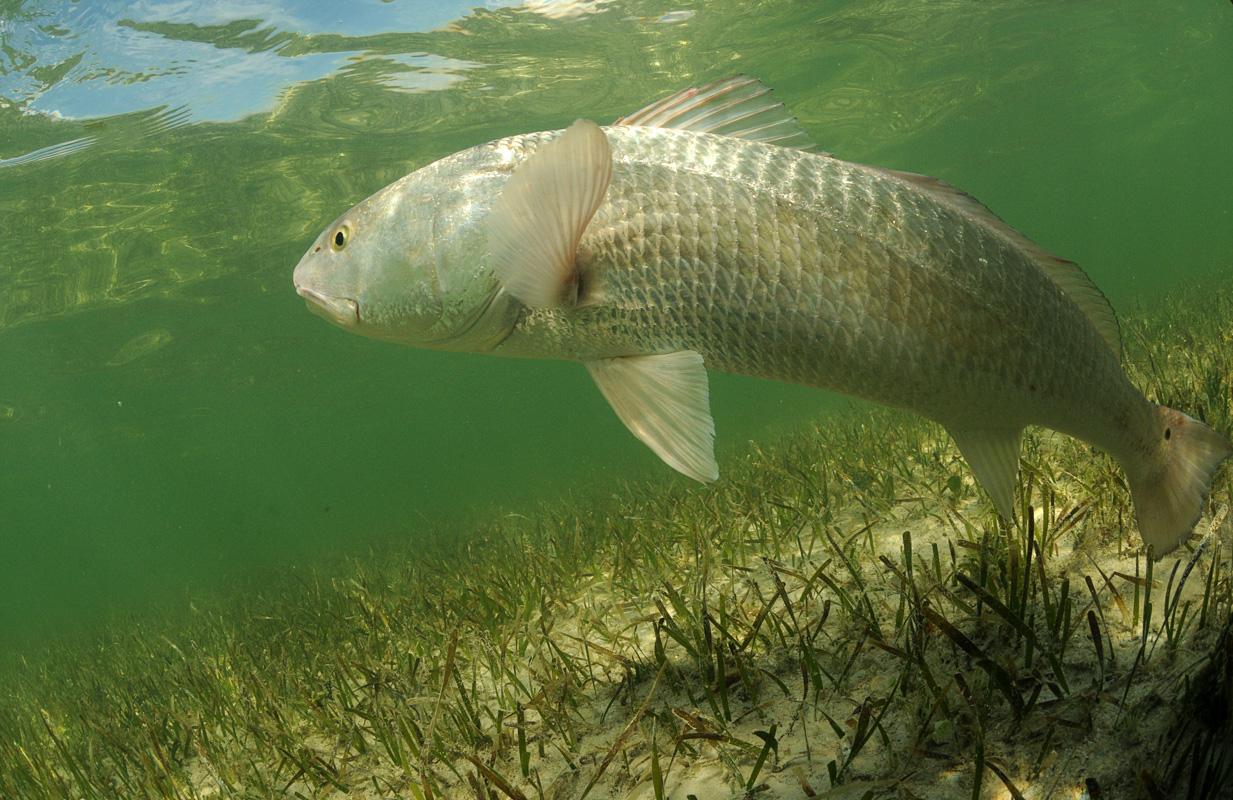Matagorda Bay Sportfish

Recreational fishing represents a multibillion-dollar industry with over one million saltwater anglers in Texas. Spotted seatrout (Cynoscion nebulosus), red drum (Sciaenops ocellatus), frequently referred to as redfish, and black drum (Pogonias cromis) are the most commonly caught and consumed estuarine sportfish. Because of the large numbers of fish consumed by the local population, concerns about contaminant levels found in these fish naturally arise.
The overall goal of this study is to evaluate the movement patterns, trace element concentrations (i.e., potential contaminants), and trophic linkages between three recreationally exploited sportfish species (spotted seatrout, red drum, and black drum) and their prey items in Matagorda Bay to determine whether movements throughout the bay system identified via acoustic tracking expose these sportfish to varying concentrations of trace elements.
The specific objectives of the study are to:
1) Characterize the movement patterns of spotted seatrout, red drum, and black drum in the Matagorda Bay system using acoustic telemetry;
2) Measure and compare the concentration of essential and nonessential trace elements in spotted seatrout, red drum, and black drum and their prey at each location to determine whether individual elements are biomagnifying, biodiluting, or do not significantly change in concentration at this trophic step;
3) Determine the stable isotope ratios (δ13C, δ34S, and δ15N) in sportfish muscle tissue and representative prey to elucidate the diet, foraging habitat, and trophic position, respectively, of each sportfish species and determine which prey poses the greatest risk of exposure to each trace element for each sportfish species within different areas of the bay system.
